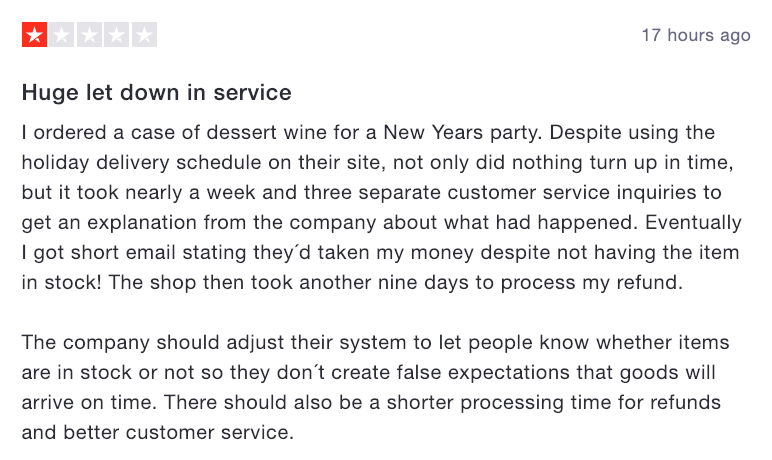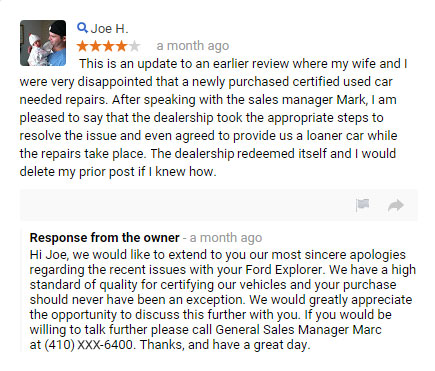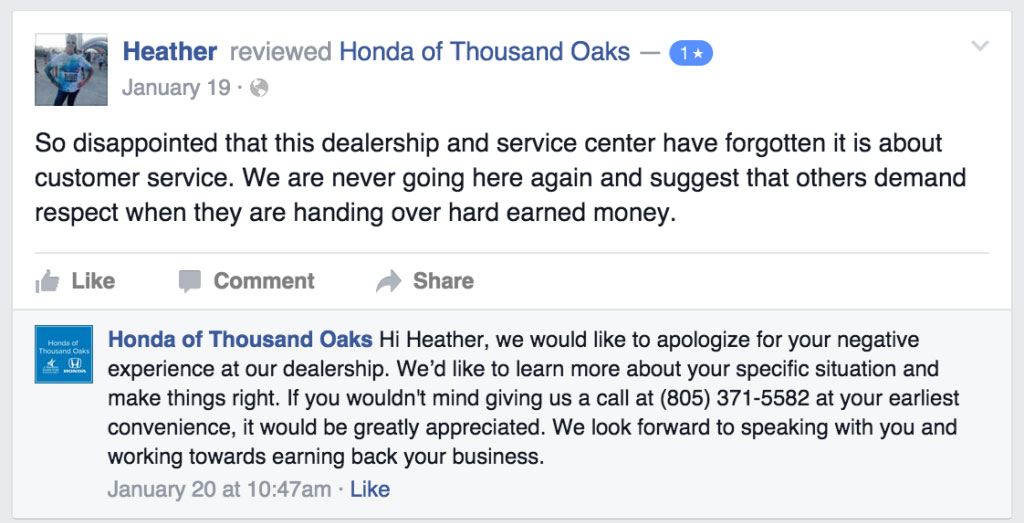
Online reviews are a huge aspect of reputation management in business, and more often than not are the defining factor between a new customer using your services or heading straight to a competitor. This has become increasingly true over the past few years, with over 93% of customers claiming that online reviews have an impact on their purchasing decisions.
It's not just customer purchasing decisions that online reviews affect either, it's actually a considerable factor in the algorithm Google uses to rank certain businesses over others in listings. Google itself notes:
"[Your] Google review count and score are also factored into local search ranking – more reviews and positive ratings will improve a business's local ranking. Your position in search results is also a factor, so SEO best practices also apply to local search optimisation"
These factors are further accentuated in the COVID-19 business climate, where the competition for winning business is heightened and customers increasingly expect a higher service level for not only their dollar, but their safety.
With the ever-increasing importance of online reviews in mind, it's also fair to say that no matter what industry you're in or how stellar your service level is, there's likely to be a negative review or two that you'll be left to deal with. If you're wondering what best practice is when it comes to responding to online reviews and managing your reputation, we've got you covered.
Here are the five golden rules of online review best practice. Let us know if there's anything you've found to be useful when dealing with reviews in the comment section below.
1. Notice and take on board any trends
It's understandable to feel somewhat defensive if a customer publicly denounces your business that you've been working on tirelessly to stay afloat in such challenging times. The one thing we'd recommend before even considering replying to online reviews, is to look out for any trends you see emerging.
According to a Yotpo study of 1.3 million reviews, the most commonly used negative word in reviews – by an enormous margin – is “disappointment” or “disappointed.” Typically, disappointment happens when a customer has certain expectations and a certain area of your business has failed to meet these - and that's okay.
Do a quick audit of your reviews and identify areas where customers repeatedly note that they've felt 'disappointed' or 'let down' by your service, and try to identify which aspect specifically keep cropping up. If you notice any trends, it could be that the negative reviews you're receiving actually hold some weight.
This review below is a great example of a customer delivering some constructive criticism and having a valuable point.
Take the feedback on board, thank them for their honesty and begin to brainstorm ways that you can improve and turn that negative into a positive. Although customers can be tough critics, you can learn a lot from them as a business by being open minded enough to take feedback onboard.
Remember, no business is perfect and at the end of the day, a business that is open about their shortcomings makes them authentic - and customers love authenticity.
2. Respond as quickly as possible
Regardless of whether or not the review is fair or not, the key to mitigating the damage that could be done as a result of a blip in your list of positive feedback is responding quick - and we do mean quickly.
Depending on the type of review, the rule of thumb is as follows:
- Public Social Media Comment
Within the hour. We realise that is this can be a tough requirement to meet if you don't have a team of staff available to keep an eye on your social media channels, but when it comes to social media, things can spiral out of control quite quickly and go viral if the review reaches the right (or wrong) people.
- Private Message Complaint or Review
A 24-hour window. The review you've received isn't public so it can't go viral or damage your reputation, but if you leave the review unresponded to for long enough, your reviewer might re-think the channel they've used to communicate with you and go public. It's also key to note that if the medium in question is Facebook, the time in which you typically respond to queries is displayed publicly, so people will know if you're ignoring your messages.

- Google, Yelp or Zomato Reviews
A 24-hour window. These platforms aren't being checked constantly in the same way that social media is, and the expectations of prompt replies are lessened slightly. In saying that, if a customer is going to leave a negative review they're likely to leave it soon after they leave your business and they'll expect a swift response.
In short, reply as soon as you can - the quicker the better. It's the right thing to do, and your customers will appreciate you coming back to them promptly and will be more likely to move past the issue.
3. Be Polite, Honest and Thoughtful
Customers in general prefer an honest response to negative feedback, even when the company is in the wrong. If a customer makes a point that's valid, respond politely, acknowledge the mistake or discrepancy, and be thoughtful in how you can fix it or encourage your customer to come back.
Being honest and owning up is actually likely to turn the situation around in your favour. Here's a great example of just how well that can work:
What we know customers don't like (also what looks terrible and puts people off returning to your business and deters new customers) is dishonesty and impoliteness. For example:
When you respond poorly to negative feedback, more often than not it makes your customer service seem less than adequate, a little confrontational and puts future customers off from wanting to visit.
Best practice is always to reply with an apology, acknowledgement, and look to resolve the issue - even if you disagree with the customer.
4. Take the Issue Offline
If you do feel like the issue needs to be discussed further in order to come to a resolution (or potentially to discuss the customer removing the review if it has been unfairly posted), we'd recommend offering to take the review offline in your response.
This way, any further negativity can be handled through a formal complaints process and taken away from the spotlight of social media or an online review platform.
Here's a good example of how to execute this strategy:
It's perceived by the public as fair for a company to want more information before deciding exactly how to deal with negative feedback so, where possible, always ask for information and direct your conversation offline.
5. Removing a Review Should be a Last Resort
The main message here, is it's okay to receive a negative review. Sometimes, customers can be really difficult to please and if it's a one off - try not to take it too personally. Leaving one review isn't going to damage your reputation too much, in fact, it could have the complete adverse affect by keeping your business authentic and letting your customers know that you're a real establishment with real customers.
As long as you're following golden rules 1-4 of dealing with negative reviews, then rule number five applies; removing a review should be a last resort. However, if you do feel that a review is public slander, unfair or abusive, we'd recommend using one of the links below to get in touch with the relevant support teams to have the comment taken down.
However, the easiest way to have a review removed or rescinded is to get in touch with the customer and resolve the issue, so always make that your first port of call.










Comments